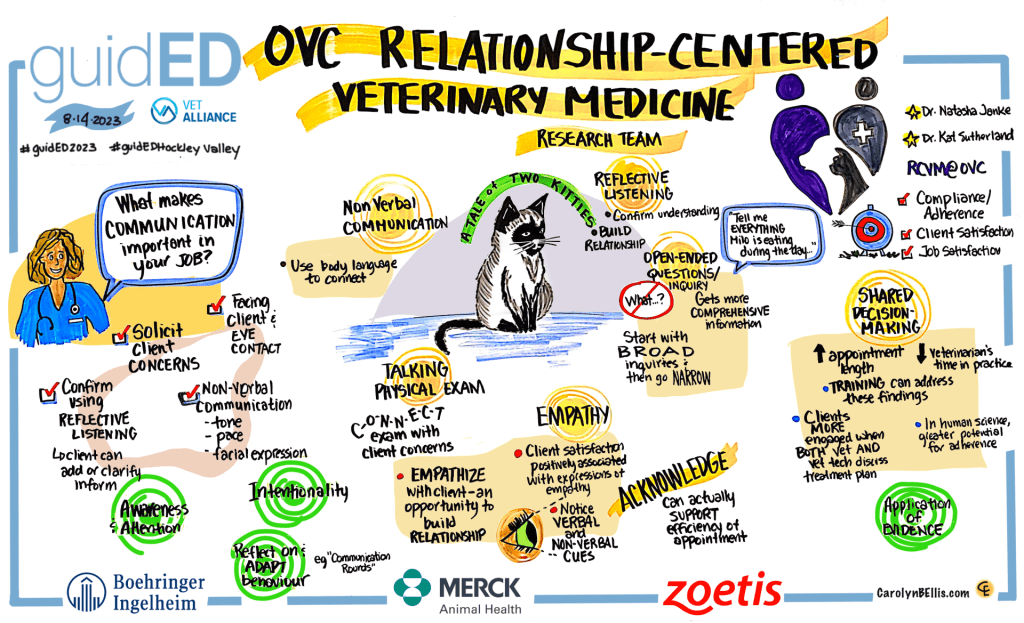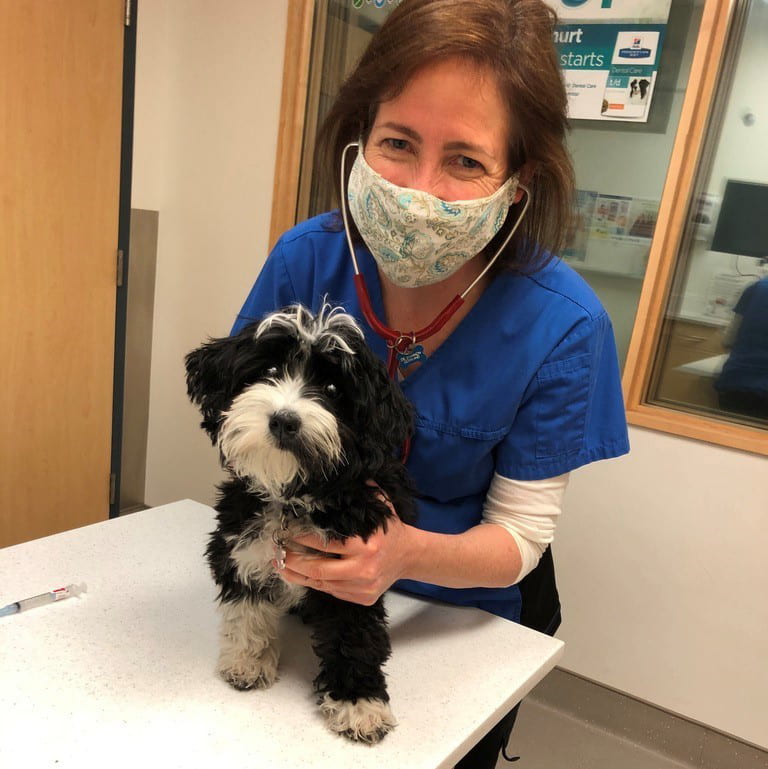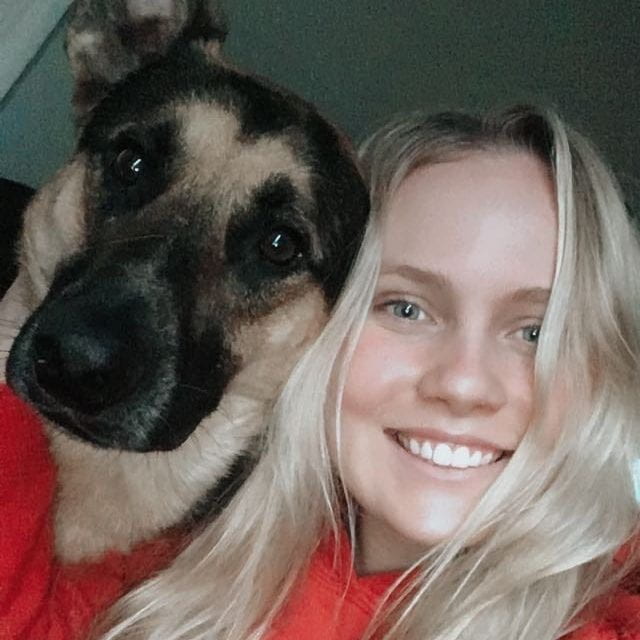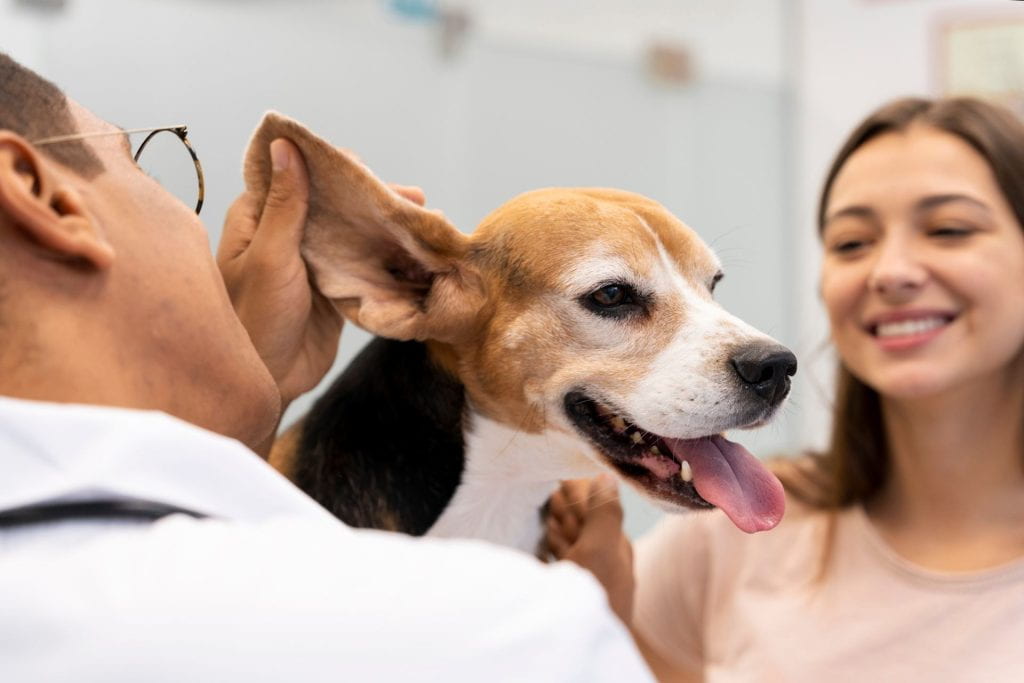Clinical Communication is at the heart of veterinary medicine.
Years of research by the RCVM@OVC team has established that effective clinical communication increases client adherence to veterinary advice, enhances satisfaction in the service relationship for both clients and veterinarians, and has an important role in the welfare of animals.
The RCVM@OVC team has undertaken extensive research examining various aspects of the veterinarian-client exchange. Insights from this work have added greatly to our understanding of the day-to-day relationships between veterinarians and clients.

.
Effective clinical communication is essential to establishing a solid veterinarian-client relationship, and to optimizing veterinary care
This is why the RCVM@OVC team is studying clinical communication and using what we learn from this avenue of research to support the profession. Two examples of clinical areas in which support is needed are provided below, to illustrate how our research team is working toward solutions involving clinical communication.


Clinical communication plays a key role in emotionally laden issues like weight
The first example pertains to the management of communication regarding emotionally laden issues like a pet’s diet and weight. Through our research we have learned from veterinary teams that many clients find it difficult to change their behaviour patterns when it comes to feeding their pets, and that conversations about diet and weight can be delicate and awkward. To help make these conversations easier, the RCVM@OVC team has developed an educational intervention program intended to address the epidemic of pet obesity through improved veterinary communications strategies and techniques. This program has undergone early testing, demonstrating promising efficacy.

The role of the “Talking Physical Exam” in relationship-building
The second example centres on the development and promotion of something called the “Talking Physical Exam” — a tool to strengthen clinical communication and the relationship between veterinarians and clients. During the Talking Physical Exam, the veterinarian verbally describes to the client what they are doing and why, whether the observations are normal, and what it means for the animal’s health. Thus, the Talking Physical Exam ensures that key information is communicated to the client, that the value of conducting the physical exam is clear, and that the client feels fully informed. Through collaboration with stakeholders, we are endeavouring to learn where there are opportunities for growth in this area and how we can work toward solutions. The Talking Physical Exam is anticipated to play a key role in relationship-building between veterinary teams and clients, which will in turn impact client satisfaction and adherence, as well as health outcomes of companion animals.
Interested in learning more about Clinical Communication?
To read selected publications on Clinical Communication by Dr. Coe and other members of the RCVM@OVC team, please visit our Publications page, as well as our Resources page.

“As I continue into my professional career, I bring with me the knowledge and importance of medical communication that I gained through the work I completed with the RCVM team.”
Maggie McCullough, BSc, DVM Student, Lab Alumna




